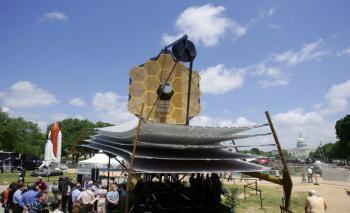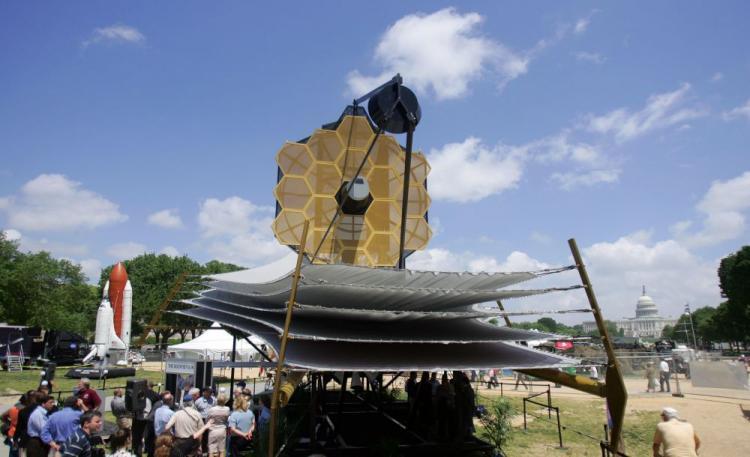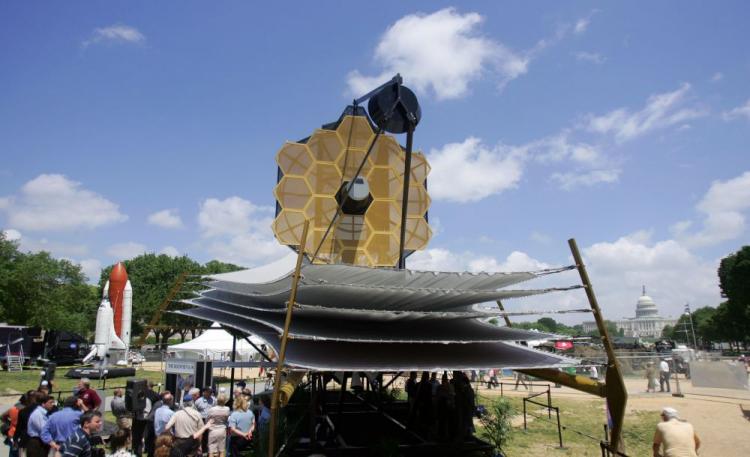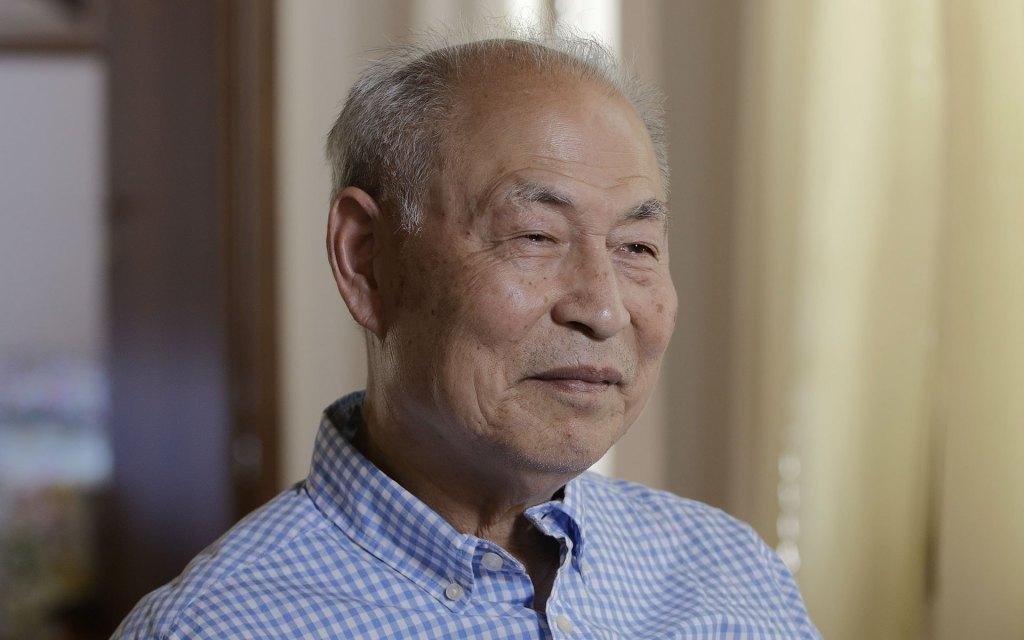Suspended in space about 1 million miles from Earth, the James Webb Space Telescope (JWST—planned for launch in 2013—aims to offer a window into the long-held secrets of the universe and our origins.
NASA hopes that its new progeny will help to answer fundamental questions about galaxies, such as: How did the very first galaxies form? How did we end up with the large variety of galaxies we see today? What is the relationship between black holes and the galaxy that hosts them—since we now know that extremely large black holes live at the centers of most galaxies?
These are just some of the galactic riddles that scientists hope the James Webb Space Telescope will answer.
By studying some of the earliest galaxies and comparing them to more recent ones, we may be able to better understand their growth and evolution. JWST, an infrared-optimized space telescope, designed to work primarily in the infrared range of the electromagnetic spectrum, will also allow scientists to gather data on the types of stars that existed in these very early galaxies.
Follow-up observations using spectroscopy of hundreds or thousands of galaxies will help researchers understand how elements heavier than hydrogen were formed and shaped as galaxy formation proceeded through the ages. These studies will also reveal details about merging galaxies and shed light on the process of galaxy formation itself.
Over 1,000 people in more than 17 countries are involved in developing the state-of-the-art telescope, in hopes of better understanding the nature of our cosmos.
One contributor is Lee Feinberg, NASA’s optical telescope element manager at the Goddard Space Flight Center in Greenbelt, Maryland. He is also senior staff engineer in the Instrument Systems Technology Division at Goddard.
On the project for over seven years, Feinberg has overseen the development of the three critical telescope technologies—lightweight mirrors, lightweight cryogenic structures, and wavefront sensing and control.
He is also co-chairing the Mirror Review Board that chose beryllium as the material for the telescope’s primary mirror. He has been a significant contributor to the telescope flight architecture and test architecture, and has been NASA’s lead in the overall development of the technology.
Creative, but Very Technical
A jazz musician by night, playing piano, keyboard, and composing, as well as a devoted husband and father of two, Feinberg has a unique relationship to creativity and cosmic exploration.
Unlike how he refers to his musical endeavors, Feinberg calls the creativity needed for the work on JWST “technical creativity.”
“It’s creative but very technical. No one [outside of NASA] understands it,” Feinberg jokingly laments. An example of his creative problem solving emerged with the challenge of testing the enormous telescope. It required specific and potentially costly conditions, including keeping the telescope cold.
JWST will have a large mirror, 21.3 feet in diameter, and its sun shields alone are the size of a tennis court. Yet even with all these difficult variables, Feinberg came up with a new way to test the telescope that was more effective and cost efficient than previous methods. This problem-solving ability, “to think outside the box,” Feinberg says is extremely important.
According to Feinberg, broad thinking, managerial skills, solid engineering, and science are the most valuable tools in tackling such a project. He points out that it is one thing to have conceptual knowledge, but quite another to be able to implement these ideas. This requires not only good communication but also a clear understanding of how all the elements of the system fit together in the big picture.
“You can’t rest until you get it … there is an endless array of problems and puzzles to solve,” explains Feinberg, who will often wake up at 3 a.m. with a jolt of inspiration. But for all his expertise, Feinberg is quick to point out that it is the collective talents of the team that help bring the project to fruition.
“There are 1,000 other devoted people on this project also getting up at 3 a.m. with REM-induced revelations,” he notes.
Most astounding to Feinberg is the project itself—both its magnitude and complexity as a social phenomenon. “Humans can build things that no single individual understands the whole thing,” he says.
Window to the Future
The results of this very ambitious undertaking will potentially “revolutionize a whole bunch of fields,” particularly the newly burgeoning field of Extra-Solar Planet science and studies of the atmospheres of other planets and around other stars. By measuring light at different wave lengths, scientists can assess the atmosphere’s chemical composition to detect signatures of life.
Feinberg points out that other telescopes in history inevitably revealed more information than had been intended or foreseen. “There are always new discoveries with new telescopes. You can’t even anticipate the discoveries.”
In his youth, he recalls having an interest in cosmology, grappling with God, the universe, and man’s purpose. He had a keen curiosity to explore how the universe came to be and how it evolved. Was it all by chance—or by design?
“Einstein got it right,” suggests Feinberg of his understanding of God as infinite.
So what motivates the philosophical and easy-mannered Feinberg to do the job that he refers to as a “pressure cooker”? He mentions the cosmological aspects, the implications of the findings, and the contribution that this work will potentially bring to our generation as being particularly rewarding. But most of all, Feinberg is inspired by the thrill of seeing images people have never seen before.
“All these images are things that might tell us about our history or our future,” he says.
“I want to be there when the first images come down to the ground; this is the greatest feeling there is.”






